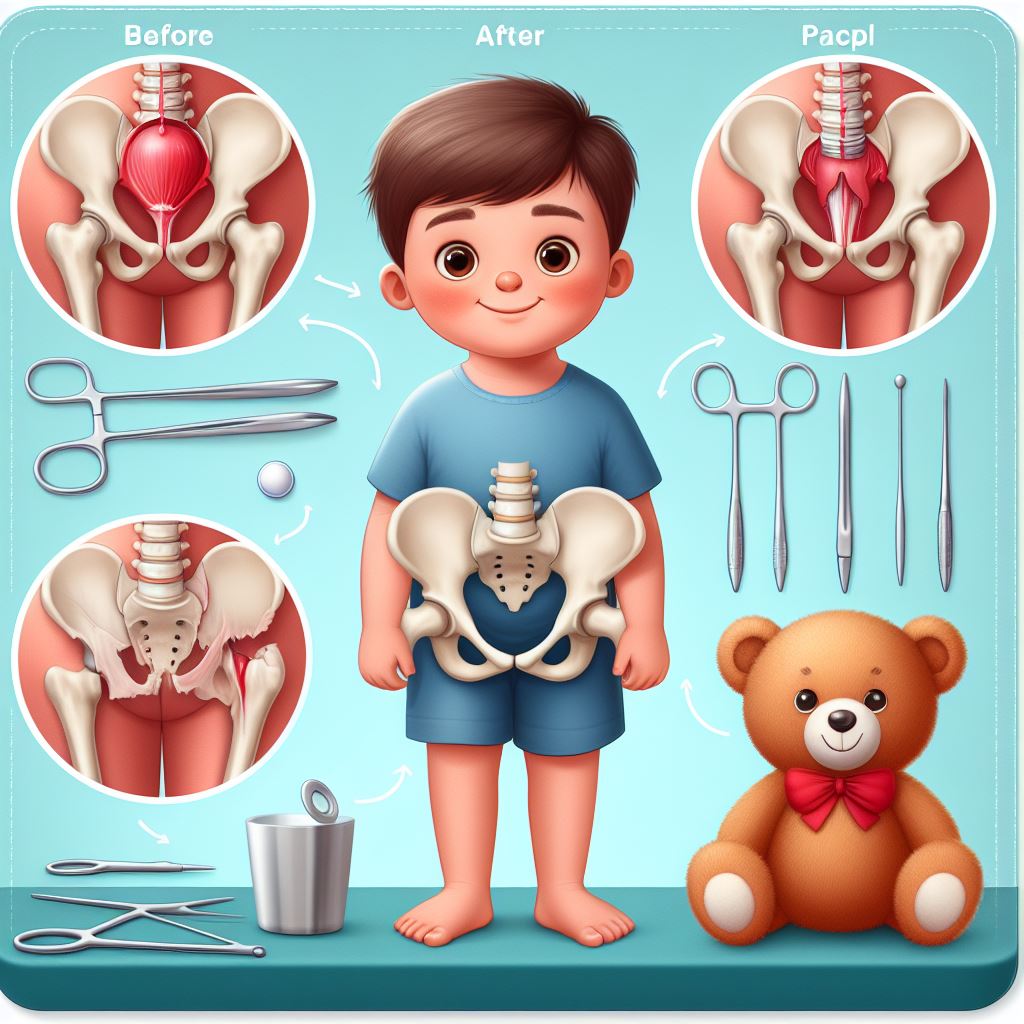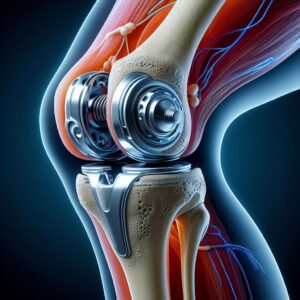Description
Familiarity with treatment
Pediatric hip dysplasia correction involves the treatment of a developmental condition where the hip joint is improperly formed, potentially leading to instability, dislocation, or abnormal wear and tear. Treatment may involve non-surgical methods such as bracing or harnessing in milder cases, while more severe or persistent cases may require surgical intervention to correct the hip joint’s structure and alignment.
Procedure
The surgical procedure for pediatric hip dysplasia correction varies based on the severity and specific characteristics of the condition. It may involve procedures to reposition the hip socket, realign the femur, or address soft tissue imbalances to improve stability and function of the hip joint. Common surgical techniques include pelvic osteotomies, femoral osteotomies, and open reduction of the hip joint.
Who is it suitable for?
Pediatric hip dysplasia correction is suitable for children who have:
- Developmental dysplasia of the hip (DDH) that has not responded adequately to non-surgical methods such as bracing or harnessing
- Severe hip dysplasia that is causing pain, functional limitations, or risk of long-term joint problems
- Persistent hip instability or dislocation despite conservative treatments
Who is it not suitable for?
Pediatric hip dysplasia correction may not be suitable for children who:
- Have mild hip dysplasia that can be effectively managed with non-surgical methods
- Have medical conditions that pose a high risk for surgery and recovery
- Have severe neurologic or muscular conditions that impact hip joint function and are not amenable to surgical correction
Advantages
- Improved stability and function of the hip joint
- Potential for reduced risk of long-term joint problems such as osteoarthritis
- Restoration of more normal hip joint mechanics and gait
Complications
Complications associated with pediatric hip dysplasia correction can include:
- Infection
- Healing complications at the surgical site
- Nerve or blood vessel injury
- Potential for avascular necrosis (loss of blood supply) of the femoral head
- Continued hip joint instability or redislocation
Preoperative care
Preoperative care for pediatric hip dysplasia correction involves comprehensive evaluation, including imaging studies to assess the severity and characteristics of the hip dysplasia. It also involves optimizing the child’s overall health and addressing any specific medical conditions to prepare for surgery.
Postoperative care
After pediatric hip dysplasia correction, close monitoring for wound healing, pain management, and rehabilitation is essential. Physical therapy and exercises are crucial to aid in the child’s recovery and to promote hip joint mobility and strength. Long-term follow-up care is essential to monitor for any signs of recurrence of hip instability or dysplasia and to address any potential complications or issues related to the surgery.



Reviews
There are no reviews yet.